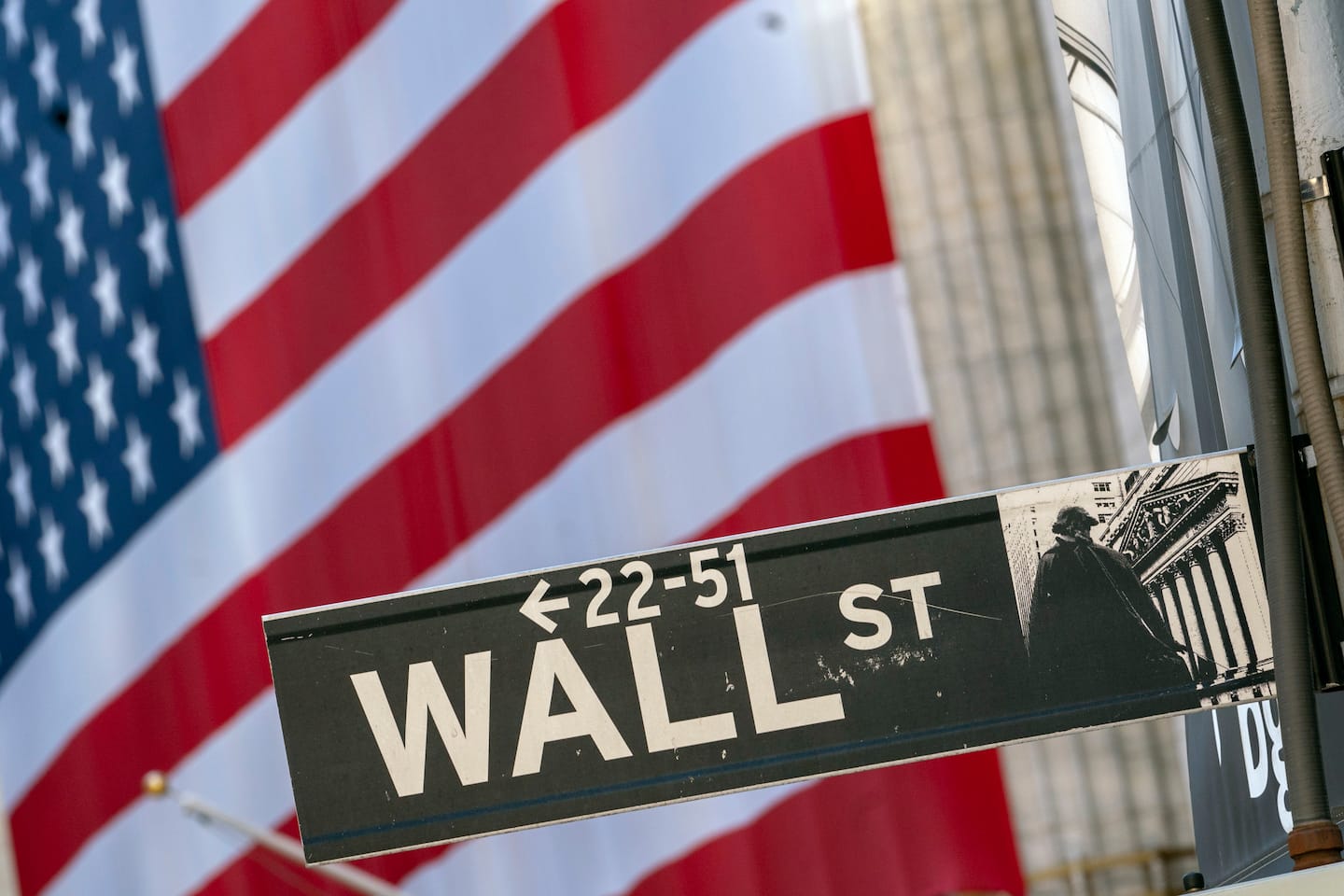Now more than ever, the stock market is not the economy

That point was underscored recently with the release of the Federal Reserve’s Survey of Consumer Finances, a snapshot of household financial health that is updated every three years. In 2019, it showed, 47.4 percent of U.S. families owned no stock whatsoever. That includes indirect ownership through retirement accounts like 401(k) plans.
For nearly half of all Americans, in other words, the stock market’s movements have no direct impact on their personal financial health.
Furthermore, most Americans who own stock do so via retirement accounts, with just 15 percent of families directly holding any non-retirement stock they can easily access. That means the day-to-day market swings so often cheered by the president are virtually meaningless even to the typical stockholder (this, for instance, is why 401(k) holders are typically advised to sit tight and not do anything during market downturns).
One exception to this rule can be found among the wealthy. The richest 10 percent of families saw the value of their retirement accounts skyrocket from $494,000 to $700,000 during this time period, with most of that increase taking place between 2013 and 2016.
That same upper echelon of American families (average net worth: $5.7 million) own a whopping 80 percent all of U.S. stocks. The richest 25 percent of households own 92 percent of that stock wealth. The remaining 8 percent is dispersed among the bottom three-quarters of the population.
When the stock market’s booming, in other words, the vast majority of its returns go to the wealthiest households. If you’re in the middle class you may be cheered by the sight of your 401(k) portfolio posting decent returns — but those gains are essentially scraps compared with the massive amounts of wealth flowing into the pockets of the rich.
The rejoinder to such statistics is that even if most Americans are barely exposed to the stock market, Wall Street still influences the overall business environment and factors into corporate decision-making when it comes to things like hiring and compensation. If the market is doing well, the thinking goes, most American workers are, too.
That may have been the case in the past. In the middle part of the 20th century, for instance, stock market returns and wages rose more or less in tandem. But starting around 1980, the dynamic shifted: Corporations began to prioritize paying their shareholders over paying their workers. Stock returns took off, while wages stagnated.






